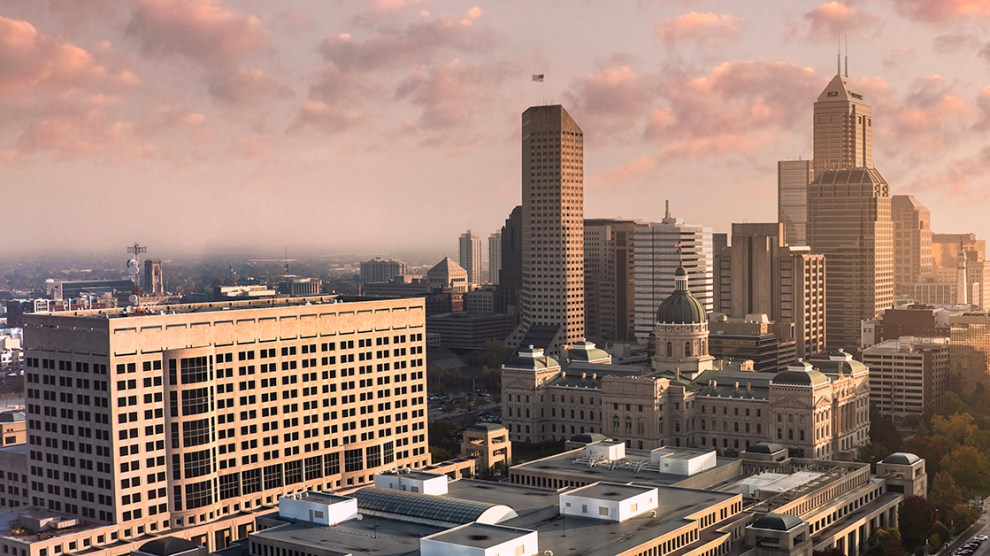April marks the second straight month this year of positive rent growth; the U.S. multifamily average asking rent gained $5 to $1,709.
Report highlights:
- Although on a decelerating trend, the national average asking rent rose for the second consecutive month in April.
- Several hundred billion dollars of multifamily mortgages will be maturing over the next few years, with worse conditions than at issuance.
- Renter-by-Necessity rents rose 0.3% and Lifestyle rents increased 0.2% in April.
- SFR rents appreciated $6 to $2,089 in April, up 2.3% year-over-year.
National average asking rent endures
The average U.S. multifamily asking rent was up by $5 to $1,709 in April, a 3.2% year-over-year increase and 80 basis points below the March rate. Early in the leasing season demand was healthy, sustained by the tight job market and still strong consumer balance sheets. Although the market endured despite the economic challenges, rent growth was well below the post-pandemic gains and half the growth produced in the same month between 2015 and 2019. Furthermore, rent growth is anticipated to moderate further in 2023. Affordability dwindled some more, as indicated by rent growth, stronger in Renter-by-Necessity segment (up 5.1% YoY), while Lifestyle rents rose 1.5%.
Rent growth remained positive year-over-year everywhere except for Phoenix and Las Vegas. Indianapolis continued to lead in rent growth (7.7%), followed by Kansas City (6.4%), New York (6.2%), Boston (5.2%) and Chicago (5.0%).
The occupancy rate in stabilized properties stayed flat, at 95.0% in March, signaling steady demand. Compared with last year, the rate lost 100 basis points on average, with the biggest regressions in Las Vegas (-1.8%) and Tampa (-1.7%). Only in New York the occupancy rate remained positive year-over-year, at 97.9% in March.
Demand for affordable housing pressures RBN rents
Seasonal demand was strong by rent growth metrics, asking rents rising 0.3%, or $5, in April. By asset class, Renter-by-Necessity rents led growth, up 0.3% month-over-month, while Lifestyle maintained the pace from a month ago and increased 0.2%. Of Yardi Matrix’s top 30 metros, 22 posted gains in the RBN rents and 20 recorded increases in Lifestyle rents. Top metros in month-over-month rent growth were Raleigh, New York and Boston (all 0.9%), Kansas City and Philadelphia (both 0.8%) and Chicago (0.7%).
The spread between Lifestyle and RBN rent growth continued to deepen, more so in West and Southeast metros, which indicates stronger demand for more affordable housing. Among the metros in this category are Sacramento (0.2% RBN, -0.1% Lifestyle), Dallas (0.2% RBN, -0.4% Lifestyle), Seattle (0.2% RBN, -0.5% Lifestyle) and Las Vegas (0.6% RBN, -0.6% Lifestyle).
Renewal rent growth was flat, at 9.4% year-over-year in February. With the annual U.S. asking rent growth at 3.2% in April, renewal rents are expected to decline. Meanwhile, national lease renewal rates stood at 64.0% in February, down from the 66.6% peak recorded in October 2022. Leading metros in lease renewals were Philadelphia (79.1%), Miami (70.2%) and Kansas City (69.1%).
Stock rising for the Single-Family BTR segment
The SFR asking rent rose 2.3% year-over-year in April, or $6 to $2,089, moderating by another 60 basis points from a month ago. Occupancy rates have stabilized at 95.5% in March, from 96.7% in March 2022.
A contributing factor to the decrease in occupancy was the build-to-rent single-family rental stock expansion in 2022, strengthened by fewer home sales. According to Yardi Matrix, 14,581 SFRs in communities of 50 units or more were completed in 2022, a whooping 46.9% increase over the 9,928 SFR units delivered in 2021. Also, 2023’s volume is on track to match last year’s.
Read the full Matrix Multifamily National Report-April 2023











Add Comment